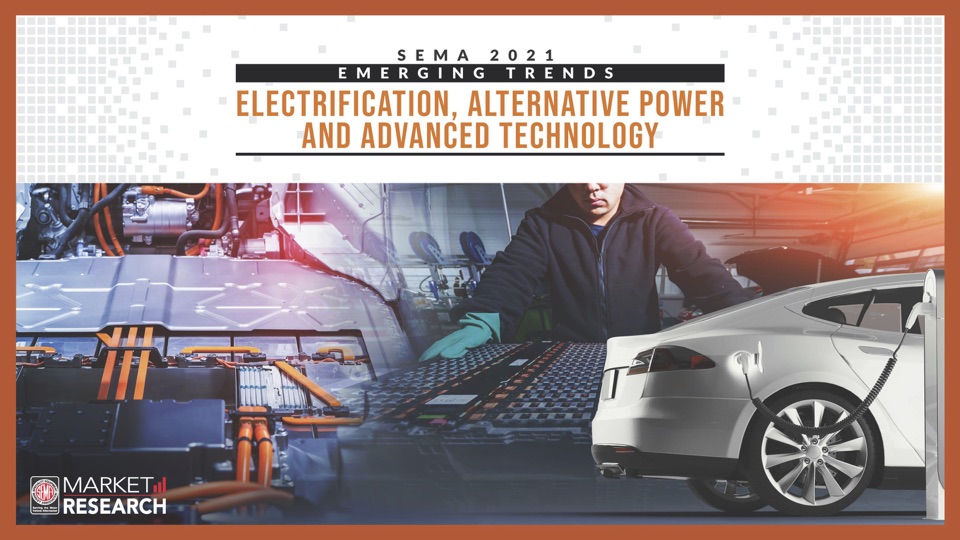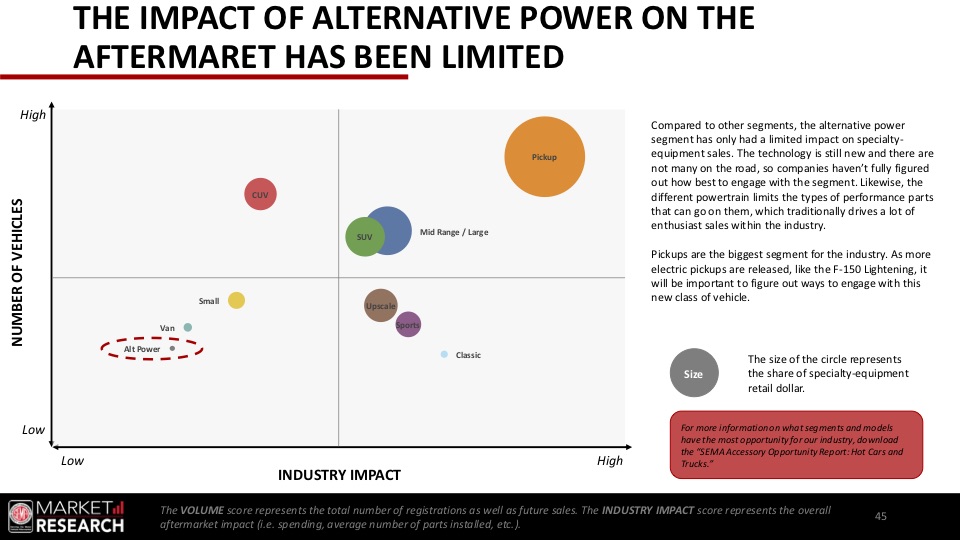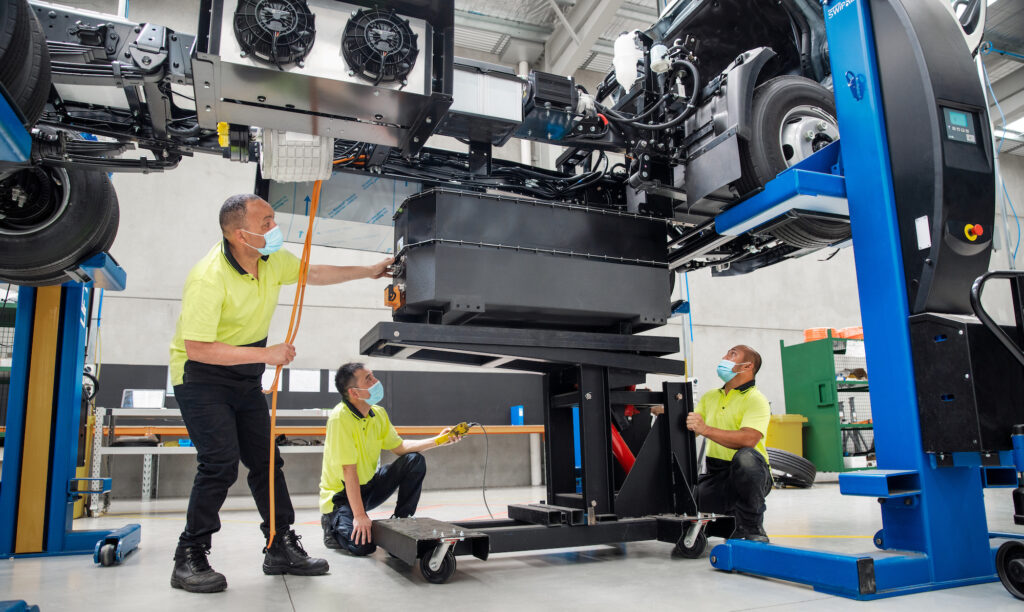AAAA questions government EV targets
- PostedPublished 30 September 2021
The Australian Automotive Aftermarket Association (AAAA) is urging caution and consultation on ambitious electric vehicle (EV) targets announced by Australian state and territory governments, as well as the federal opposition, after commissioning a study that predicted EV uptake in this country will reach just six per cent by 2030.
AAAA chief executive Stuart Charity described some of the recently mooted targets as “seemingly plucked from nowhere with little rationale given”.

“It’s easy to set aspirational sales targets for EVs, but what we really need is an in-depth plan on what is required to achieve these targets and to support EV owners – this plan needs to be formulated in consultation with the broader Australian automotive industry,” he said.
Pointing to the specialist knowledge and tools required for electric vehicle repair and maintenance, Mr Charity said proper industry consultation would better enable the repair sector to “commit to investing in the tools, training and skills to facilitate a more seamless transition to electric vehicles”.
The AAAA’s position is similar to that published by its US counterpart SEMA earlier this year, which has also modelled lower EV uptake during this decade than outlined in various government and manufacturer targets, as well being less optimistic about the overall benefits of EVs.

SEMA’s document also includes a cynical ‘follow the money’ section that inadvertently reveals the subtext of this report by pointing out that “OEMs will likely be able to save costs by working with fewer suppliers and purchasing, shipping, and stocking fewer parts”.
Back in Australia, Mr Charity’s experience of how slow things can be to change in the car industry and corridors of power – largely due to the decade-long campaign to get OEMs to share information with independent repairers – has led him to take a cautionary stance.
“There are long lead times involved in doing this – government can’t snap its fingers and expect that everything will be there ready to go in the background,” he said.
“Governments and opposition parties are good at announcing very ambitious EV targets without giving much thought to the supporting services needed to make EVs viable – a lack of recharging infrastructure is the obvious hindrance, but little consideration has been given to what’s required to repair and maintain these cars.”

Ultimately, a chicken-and-egg scenario exists when it comes to vehicle electrification.
A wait-and-see approach results in uncertainty and a lack of motive for manufacturers to invest in getting EVs approved under Australian Design Rules and shipped great distances for sale, meaning customers have fewer choices that meet their needs, so EV popularity remain stagnant or increase slowly.
Productive thinking is required of all governments and the automotive industry to identify obstacles and provide solutions. If cynicism in the industry had prevailed during the past 100 years, we would all still be riding horses.
By contrast, Heavy Vehicle Industry Australia (HVIA) views its role as a peak industry association as being to “aid the industry’s transformation to a heavy vehicle fleet progressively dominated by battery electric (BEV) and fuel cell electric (FCEV) zero emission trucks,” according to the association’s national manager Paul Woodland.

“Our quest is to identify what training has been developed and what else is needed, in the short, medium and longer terms,” he told trucking publication Big Rigs.
As reported in SightGlass News, PricewaterhouseCoopers Skills for Australia is working with industry reference committees to develop training packages for the service and repair of electric vehicles.
These will go through several rounds of review and consultation before becoming available for Registered Training Organisations to offer qualifications courses, which are expected to be rolled out during the first quarter of next year.
Mr Woodland told Big Rigs that HVIA and its members would be reviewing the training packages to identify any gaps and provide feedback to PWC Skills for Australia.
“As demand will increase rapidly, we need to ensure that the industry is ready, so now is the time for these issues to be resolved,” he said.
“It is only then that the marketplace will be able to evolve purchasing decisions from whether to consider zero emissions trucks to which zero emission truck.”
- CategoriesIn Latest News


